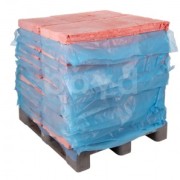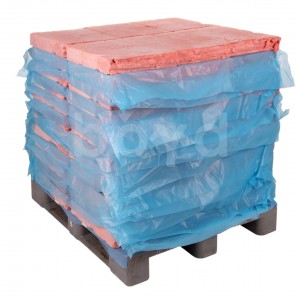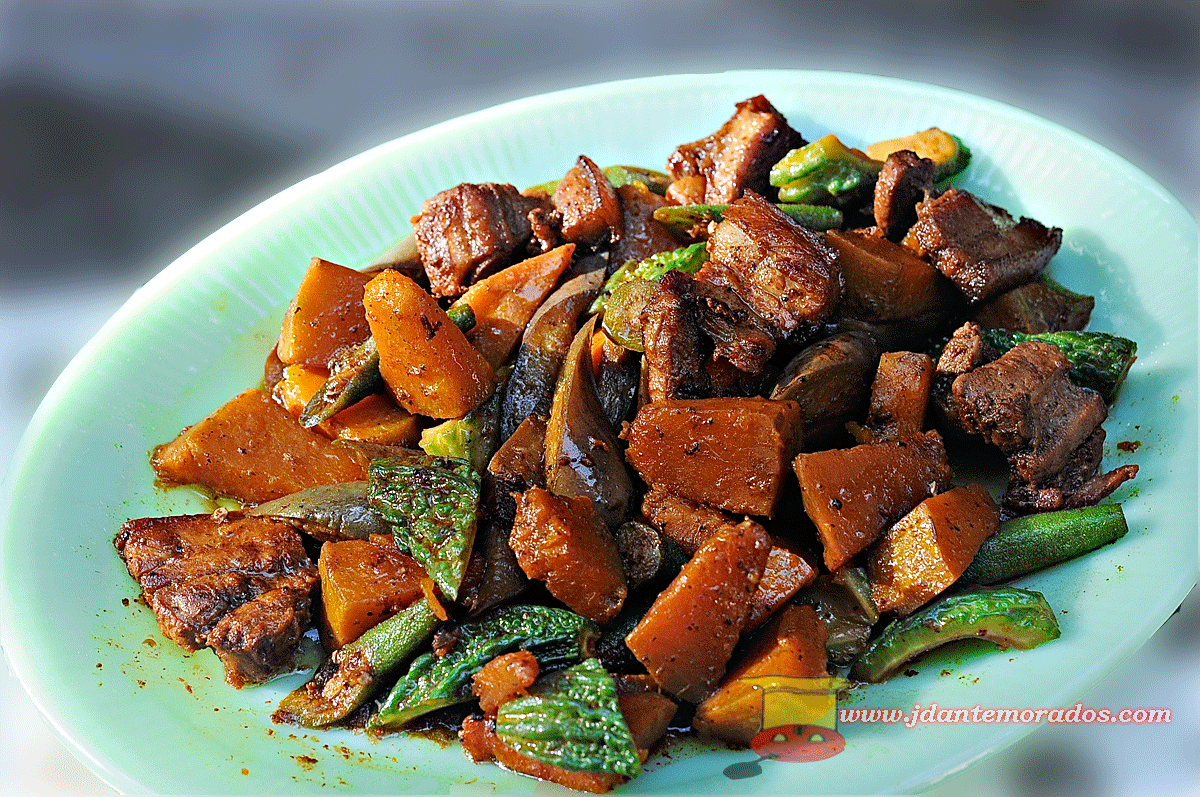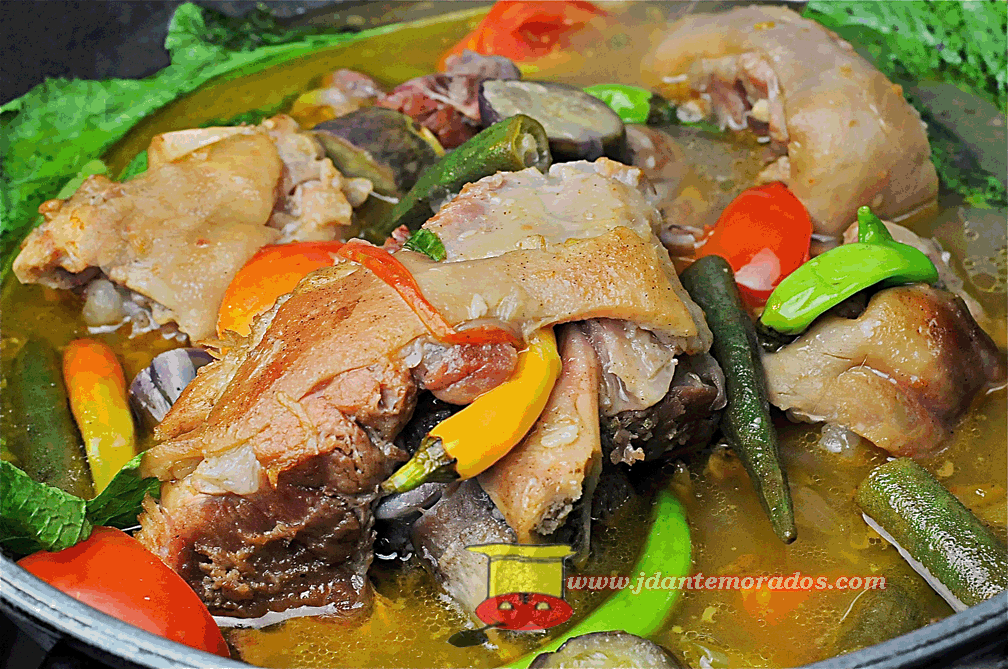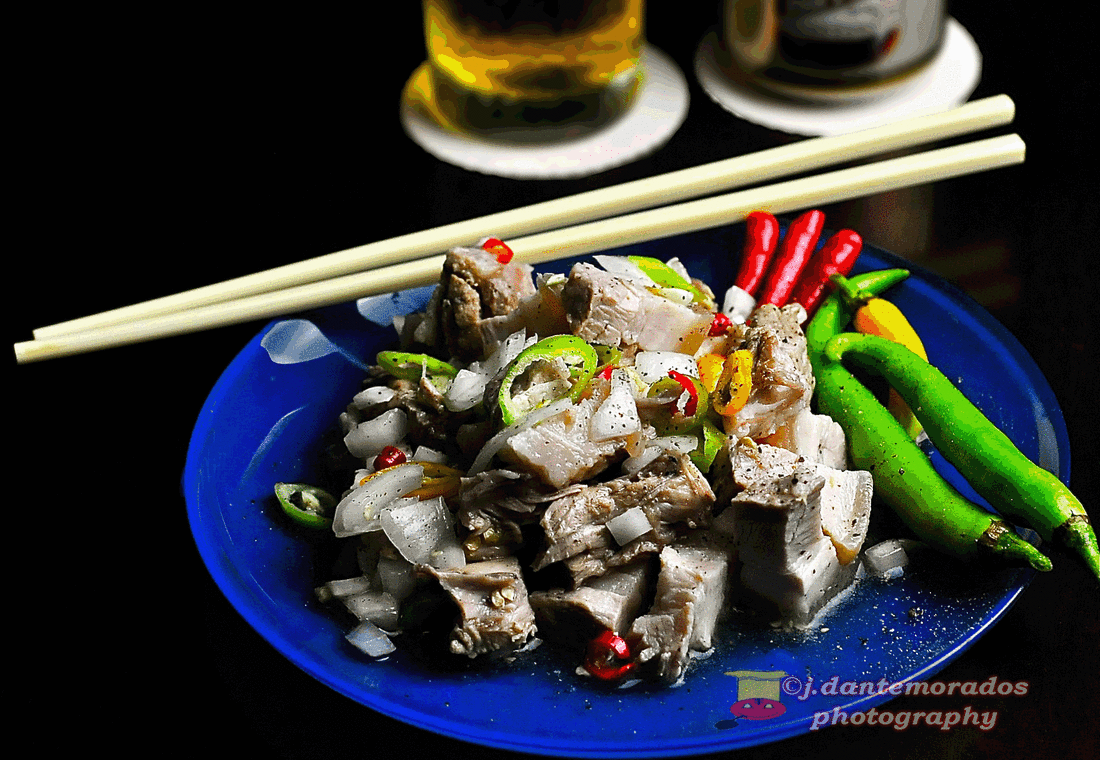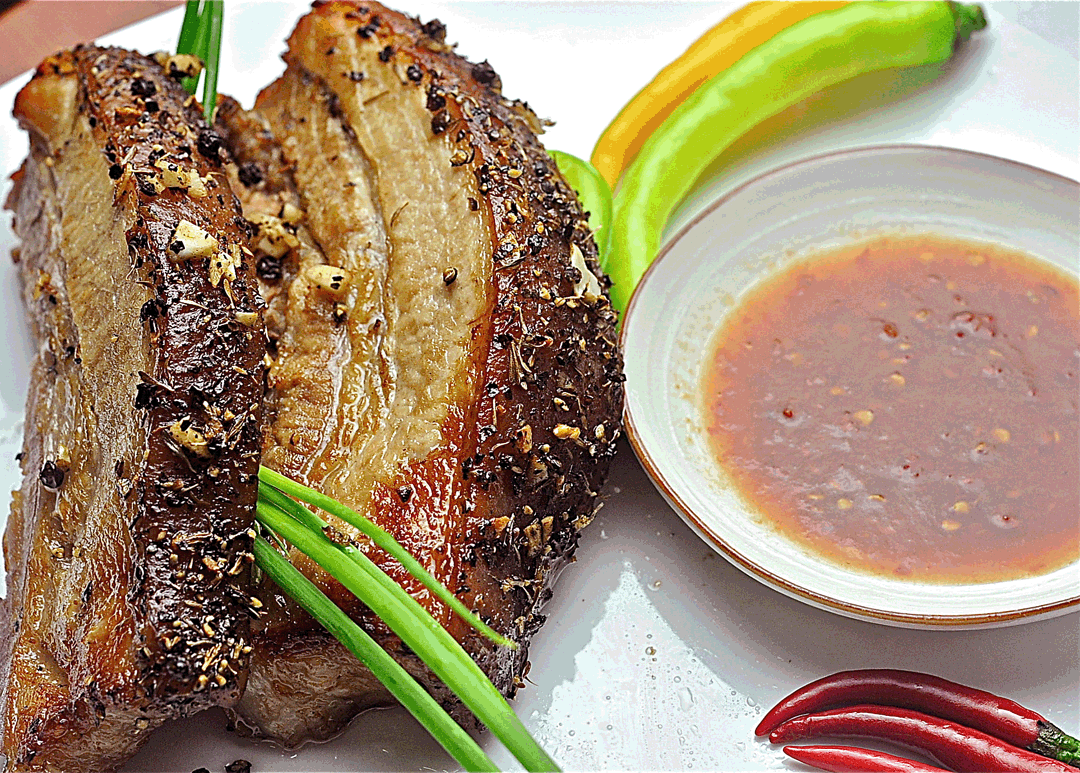The truth about “Extenders” in the food you eat. First of 2 series: Chicken MDM
|
Click on the pics to bring you to
BOYD International Food Traders They market all types of meat-poultry carcasses and portion cuts worldwide. |
What are Chicken MDM’s?
(Mechanically Deboned Meat)
These are chicken meat engaged in sieve forced-through by high pressure to separate bones from flesh.
This material is widely used worldwide for food products. Before being in demand years back,
supplies were from Canada & USA. Now, the continuous sourcing for it literally pushed Poland, Brazil,
France, Germany, Australia, New Zealand, Spain, Turkey and Japan to join the industry.
(Mechanically Deboned Meat)
These are chicken meat engaged in sieve forced-through by high pressure to separate bones from flesh.
This material is widely used worldwide for food products. Before being in demand years back,
supplies were from Canada & USA. Now, the continuous sourcing for it literally pushed Poland, Brazil,
France, Germany, Australia, New Zealand, Spain, Turkey and Japan to join the industry.
REMEMBER THIS MAJOR PREMISE of mine: NOTHING is ever wrong with usage of chicken MDM.
In fact, minus the skin, it’s healthier than pork & beef meat.
Sold in the country (Philippines) for about P45-60/kilo (U$D1-U$D1.30/kilo) way-way low
compared to even just pork trimmings or plain pork skin (which costs P85-120/kilo)Try to get your fave U.S. brand pull-top Vienna sausage.
Scan the ingredients’ declaration…and there…IT IS CLEARLY & DEFINITIVELY DECLARED RIGHT THERE.
Think of the “siomai” and dumplings you eat.
With producers strongly denying it, most are produced with this raw mat VERY particularly the low cost ones.
But why deny and pretend that these producers are NOT using them?
Below questions will enlighten you.The 1+1 street burgers and some of those from the big chains utilize Chicken-MDM.
The different sausages you buy: regular hotdogs, cocktails, jumbo, franks, likely, most often, are made of it.
The other processed canned and frozen meats you like…some contain MDM
as well as those kids’ loved bite…”chicken nuggets”.ANOTHER TRUTH: for some producers, chicken MDM is used in CONJUNCTION with OTHER “extenders”
which topic we will deal on deeply next posts.
QUESTIONS-PERSONAL:
1. Why do I know all about this?
I am dealing, creating and formulating food ingredients, spice blends, seasonings
and customized flavors/seasonings plus recipes since 1977.
One of my businesses is Indenting-Dealing this item to various importers-traders and manufacturers.
No domestic stocks. My clients import directly themselves & delivered straight to their holding areas.
2. Why am I now revealing this?
Just want to educate buyers of what they eat.
Make them aware what comprises the loved burgers, dumplings and processed meats they consume.
3. Lose my Indent-Import business for this line?
YES. I do feel it’s my social obligation to let people know…”caveat emptor”.
THE REAL QUESTIONS & MY “MAYBE” REPLIES:
1. If chicken meat, leg quarter and whole chicken have very active worldwide requirements,
why convert those meat into MDM?
MAYBE, just MAYBE, the ones converted into MDM are the culled ones, or those with blackened flesh somewhere,
or those over weight or under weight or …or…don’t what to mention…whatever.
2. What happens when, again, the demand for MDM regularly goes up (just like now)?
Will they be able to supply?
MAYBE, just MAYBE, since the ones converted into MDM are the non-exportable ones,
to meet worldwide demands could they be adding “another extender(s) into it”, say: “INTERNALS”?
3. What if there are no more internals available?
MAYBE, just MAYBE…I don’t know. Your guess is good as mine.
4. If C-MDM was used in the production of their food product(s) why NOT declare it as so?
Why “seemingly” hide the issue?
MAYBE, just MAYBE, they know what’s in the box of MDM.
What country of origin was it imported from and what comprises the meat itself.
But if NOTHING is wrong…why DENY? Why hide?
Usage of MDM is not yet fully accepted by consumers. This is the main reason…MAYBE just MAYBE.Due to consumer apprehension few U.S. & Philippine groceries might be selling this. Beware now.
If color is a bit pinkish…just ask: Are these with internals?
In fact, minus the skin, it’s healthier than pork & beef meat.
Sold in the country (Philippines) for about P45-60/kilo (U$D1-U$D1.30/kilo) way-way low
compared to even just pork trimmings or plain pork skin (which costs P85-120/kilo)Try to get your fave U.S. brand pull-top Vienna sausage.
Scan the ingredients’ declaration…and there…IT IS CLEARLY & DEFINITIVELY DECLARED RIGHT THERE.
Think of the “siomai” and dumplings you eat.
With producers strongly denying it, most are produced with this raw mat VERY particularly the low cost ones.
But why deny and pretend that these producers are NOT using them?
Below questions will enlighten you.The 1+1 street burgers and some of those from the big chains utilize Chicken-MDM.
The different sausages you buy: regular hotdogs, cocktails, jumbo, franks, likely, most often, are made of it.
The other processed canned and frozen meats you like…some contain MDM
as well as those kids’ loved bite…”chicken nuggets”.ANOTHER TRUTH: for some producers, chicken MDM is used in CONJUNCTION with OTHER “extenders”
which topic we will deal on deeply next posts.
QUESTIONS-PERSONAL:
1. Why do I know all about this?
I am dealing, creating and formulating food ingredients, spice blends, seasonings
and customized flavors/seasonings plus recipes since 1977.
One of my businesses is Indenting-Dealing this item to various importers-traders and manufacturers.
No domestic stocks. My clients import directly themselves & delivered straight to their holding areas.
2. Why am I now revealing this?
Just want to educate buyers of what they eat.
Make them aware what comprises the loved burgers, dumplings and processed meats they consume.
3. Lose my Indent-Import business for this line?
YES. I do feel it’s my social obligation to let people know…”caveat emptor”.
THE REAL QUESTIONS & MY “MAYBE” REPLIES:
1. If chicken meat, leg quarter and whole chicken have very active worldwide requirements,
why convert those meat into MDM?
MAYBE, just MAYBE, the ones converted into MDM are the culled ones, or those with blackened flesh somewhere,
or those over weight or under weight or …or…don’t what to mention…whatever.
2. What happens when, again, the demand for MDM regularly goes up (just like now)?
Will they be able to supply?
MAYBE, just MAYBE, since the ones converted into MDM are the non-exportable ones,
to meet worldwide demands could they be adding “another extender(s) into it”, say: “INTERNALS”?
3. What if there are no more internals available?
MAYBE, just MAYBE…I don’t know. Your guess is good as mine.
4. If C-MDM was used in the production of their food product(s) why NOT declare it as so?
Why “seemingly” hide the issue?
MAYBE, just MAYBE, they know what’s in the box of MDM.
What country of origin was it imported from and what comprises the meat itself.
But if NOTHING is wrong…why DENY? Why hide?
Usage of MDM is not yet fully accepted by consumers. This is the main reason…MAYBE just MAYBE.Due to consumer apprehension few U.S. & Philippine groceries might be selling this. Beware now.
If color is a bit pinkish…just ask: Are these with internals?
Try to dissect the ingredients of your food next time.
Practice creates perfection or close to it.
You may become a food critic, too.
But the most important is: we fully know what we are feeding our belly and those of our loved ones.
Next post for this series re: “extenders”, you’ll be surprised why a 100gram can of “Corned Beef”
(really? beef? they claim it’s beef) is sold at less than P15/per (U$D0.34).


